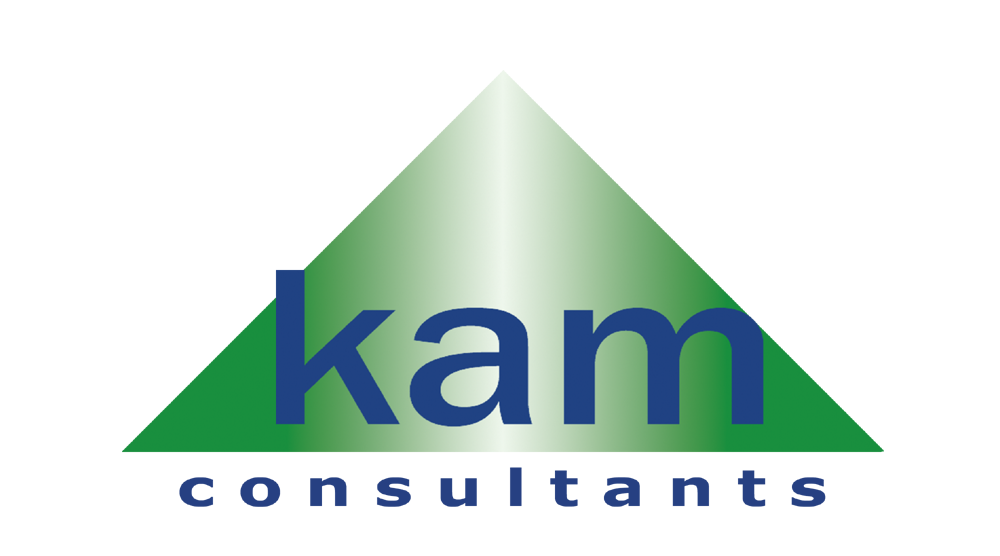Asbestos, Lead, Mold, and PCBs
We offer comprehensive asbestos, lead, PCBs and mold services.
- On-Site Building Surveying
We conduct comprehensive on-site building surveying in order to determine the presence of asbestos, lead, PCBs and mold contaminated materials. A detailed report which includes sampling results, recommendations for corrective action and an abatement cost estimate is submitted to the client. Contact us for additional information about our Comprehensive On-Site Building Inspections. - Sampling
We have experienced and goverment certified personnel to collect samples from pre-determined locations and delivers them to the laboratory for analysis, following the instructions of the sampling operating procedures. - Asbestos and Lead Abatement Design
We prepare comprehensive designs for asbestos and lead abatement projects, adhering to all pertinent federal, state and local laws and regulations, while ensuring short timely execution at the lowest possible cost for the client. - Project Monitoring
Our experienced staff performs project monitoring during abatement implementation by the general contractor, ensuring appropriate and on-schedule project execution. - Indoor Air Quality Monitoring
We perform thorough Indoor Air Quality Monitoring to detect possible contaminants that may be harmful to human health and provide solutions to alleviate them.
We conduct asbestos, PCBs, lead and mold comprehensive On-Site Building Surveying for various types of public and private properties.
Activities include:
- Assessment of existing hazards
- Collection of samples, testing, documentation
- Recommendation for containing or abating existing hazards
- Project designs and coordination
- Expert advice and guidance based on inspection findings regarding risk factors for identified hazards
- Regulatory compliance monitoring and related consulting services
All KAM inspectors, investigators and monitors are experienced professionals licensed by the Environmental Protection Agency, the State and the City of New York.
Before the actual collection of samples begins, KAM’s senior personnel prepares the sampling operation procedures that will be implemented on the specific project to ensure that the samples will be representative of the situation at hand. All available floor diagrams of the building are thoroughly reviewed prior to the initial visit to assist in developing an appropriate sampling operation procedure, which will dictate, among other things, the number of units that will be sampled, the number of samples that will be collected within each individual unit and the and the specific points where samples will be collected.
During this preparatory procedure, the sampling lead manager takes into consideration all the relevant federal, state and local regulatory requirements for sample collection of the particular analyte (e.g. asbestos, lead, PCBs or mold) and applies appropriate scientific knowledge and experience to ensure representativeness and protection of the sampling crew, the building occupants and the general public from potential exposure.
Once the sampling operation procedures have been prepared, KAM’s professional staff perform the actual collection of samples, which are then sent to the laboratory for analysis, following appropriate chain-of-custody procedures.
Prior to any abatement activity, the property owner needs to be protected by a set of detailed specifications and drawings that provide a description of procedures for project implementation. KAM prepares comprehensive designs that provide the general contractor detailed specifications as to how he should proceed in implementing the abatement project. All abatement designs follow strict federal, state and local regulations.
Abatement designing is performed by KAM bearing in mind the safest and most cost-effective procedures, and includes at a minimum the following:
- Contractor Qualification Requirements
- Supplementary General Conditions
- Bid Requirements and Form of Proposal
- Scope of Work
- Project Schedule
- Technical Specifications
- Contingency Plans
- Liquidated Damages
KAM provides complete project management ensuring appropriate project execution.
During the abatement project implementation by the contractor a KAM Project Monitor is onsite at all times. The Project Monitor observes and inspects the contractor’s adherence to appropriate work practices according to the abatement design and applicable laws and regulations. A comprehensive daily activities log is maintained recording information relative to the project.
Daily air monitoring is performed to document any fiber releases from the work area. Negative air pressure inspections are also performed to detect possible defects in the sealed work area, so as to avoid fiber releases to the atmosphere.
Weekly work progress meetings are conducted by KAM’s assigned Project Manager to determine work specifications compliance and to determine adherence to the time schedule. After project completion, a detailed report is produced and submitted to the owner for record keeping.
Air quality problems in buildings are manageable and even avoidable with a well designed proactive management plan. The problems usually fall within one of the following three categories:
- Fresh air ventilation
- Moisture
- Chemical emission sources
KAM’s experienced staff can identify, analyze and evaluate the situation and propose remedial measures.
Contaminants may be already present inside a facility or may be transported from the outside. Contamination sources may be found in building materials, furnishing, HVAC equipment or the surrounding environment. Some examples of contaminants include:
- Asbestos
- Bio-aerosols
- Combustion products
- Formaldehyde
- Radon
- Respirable particulates
- Volatile Organic Compounds (VOCs)
From a simple inspection to complex diagnostics, and post-treatment monitoting, Indoor Air Quality investigations are divided into five phases. KAM can administer all five and resolve your in-door air quality Problems. The five phases are:
- Preliminary Assessment
- The Walk-Through Inspection
- Sampling Techniques and Assessment Procedures
- Simple/Complex Diagnosis
- Monitoring and Recurrence Prevention
